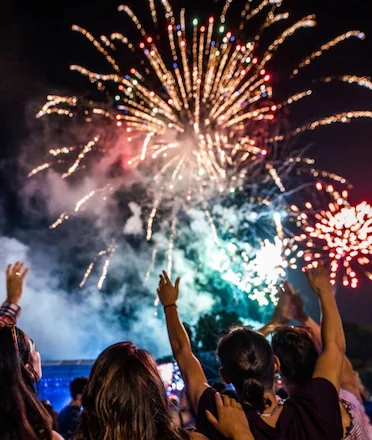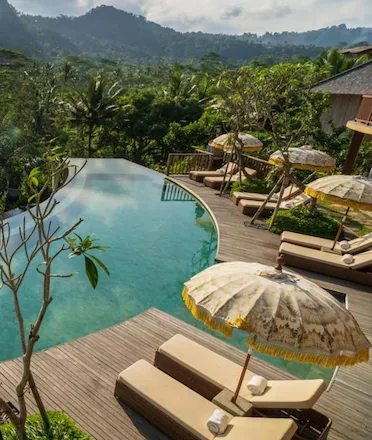Tucked away in the serene landscapes of Gianyar, Goa Garba is a hidden gem that whispers secrets of Bali’s ancient yesteryear. This sacred cave, believed to date back to the 12th century, offers a fascinating glimpse into the island’s rich history and spiritual traditions. Carved into the rocky cliffs along the Pakerisan River, Goa Garba was once a place of meditation for warriors and priests. With its mystical atmosphere and ties to the legendary Bedahulu kingdom and the revered King Sri Asta Sura Ratna Bumi Banten, it continues to captivate those seeking a deeper connection to Bali’s heritage and natural beauty.
This sacred cave, believed to date back to the 12th century, offers a fascinating glimpse into the island’s rich history and spiritual traditions.
A Sophisticated Legend
Historically, Goa Garba is linked to the legendary kingdom of Bedahulu, which ruled Bali centuries ago. The kingdom is renowned for its sophisticated governance and spiritual leadership. This site is believed to be associated with the revered King Sri Asta Sura Ratna Bumi Banten, who played an instrumental role in shaping the island’s early history. According to local beliefs, the king sought spiritual enlightenment within this very cave, contributing to its long-lasting reputation as a sacred space for meditation and reflection.
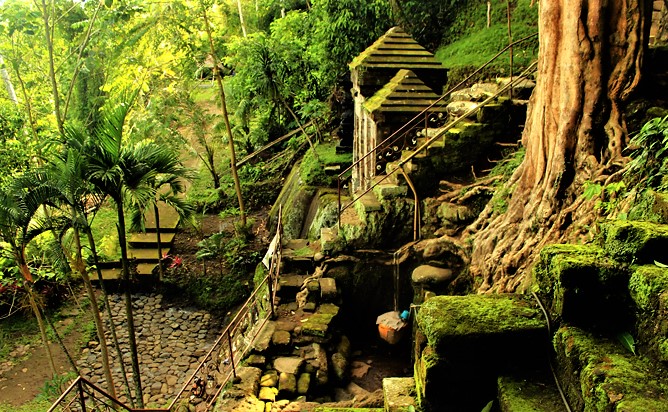
The location of Goa Garba enhances its historical and cultural significance. Situated along the Pakerisan River, the site lies within an area recognized by UNESCO as part of Bali’s Subak system. The Subak is an ancient irrigation method that has been practiced for centuries, and it reflects the Balinese philosophy of maintaining harmony between nature, humanity, and the divine. The Pakerisan River, in particular, is considered sacred and has been at the heart of many spiritual practices throughout Bali’s history. The integration of Goa Garba into this sacred landscape elevates its cultural importance, transforming it from just a historical site to a living testament to the island’s enduring traditions.
The Force of Nature
Visitors approaching Goa Garba are greeted by towering rock formations, some of which have been shaped over the centuries by the forces of nature. To access the cave, a set of ancient stone steps leads the way, guiding visitors through a journey of both physical and spiritual discovery. As they step into the cave, they enter a space imbued with the energy of centuries past, where the ancient practices of meditation and spiritual training once took place.
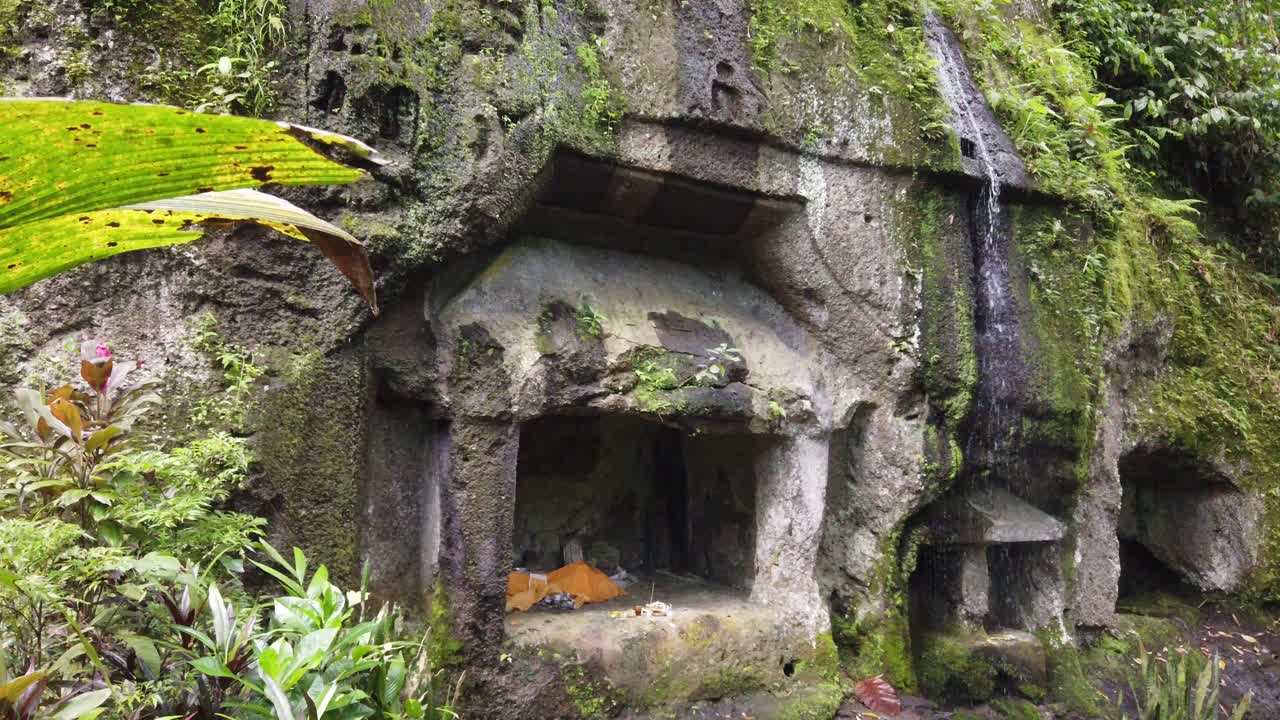
One of the most intriguing aspects of Goa Garba is its connection to Balinese folklore, particularly the legend of King Kebo Iwa. Known for his immense strength and wisdom, King Kebo Iwa is said to have trained in the cave, honing his physical and mental prowess. The massive footprints embedded in the stone, believed to be his, add an extra layer of mystique to the site, drawing visitors who wish to walk in the footsteps of this legendary figure. These footprints are considered to be a symbol of his immense power and spiritual depth, cementing Goa Garba’s reputation as a place of profound significance.
A Haven of Self-Reflection
The cave is more than just a historical site; it is a spiritual retreat. Historically, it served as a location for meditation and self-reflection for warriors and priests alike. Bali’s spiritual traditions emphasize the interconnectedness of life, nature, and the divine, and Goa Garba perfectly embodies this belief. It is a place where individuals have long come to seek inner peace, solace, and a deeper connection with themselves. Even today, many visitors come to meditate within the cave, seeking the tranquility that the location offers. The cave’s sacred energy is palpable, making it an ideal place for those in search of spiritual clarity and personal growth.
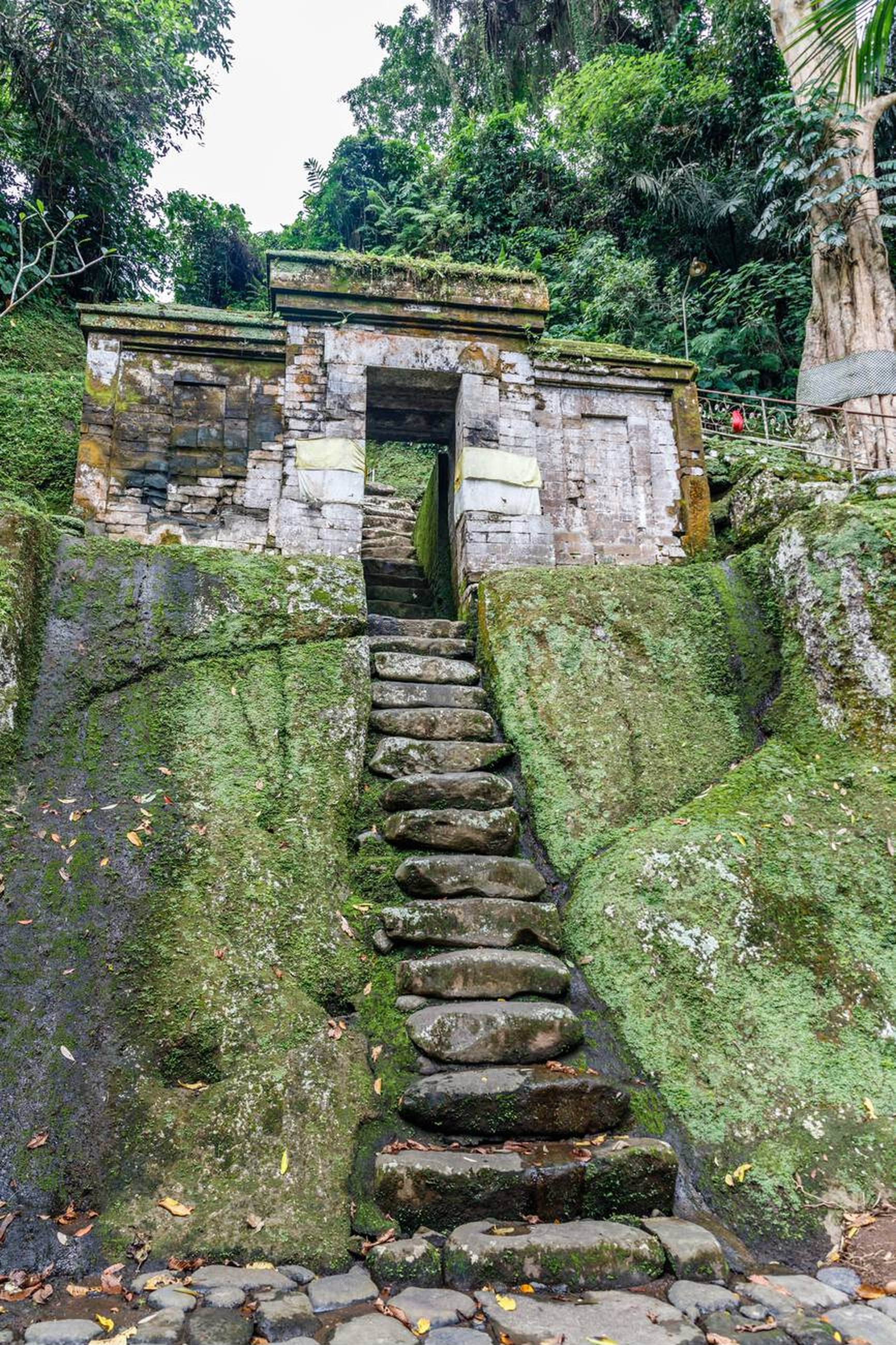
A Captivating Cultural Site
Despite its lesser-known status compared to other Balinese landmarks, Goa Garba remains one of the island’s most captivating cultural treasures. Its location, historical relevance, and spiritual aura make it an unforgettable experience for those who visit. Unlike the bustling tourist sites, Goa Garba offers a peaceful escape into Bali’s past, surrounded by the island’s stunning natural beauty. The cave’s quiet, sacred atmosphere invites visitors to slow down, reflect, and connect with the island’s rich history and spiritual traditions.
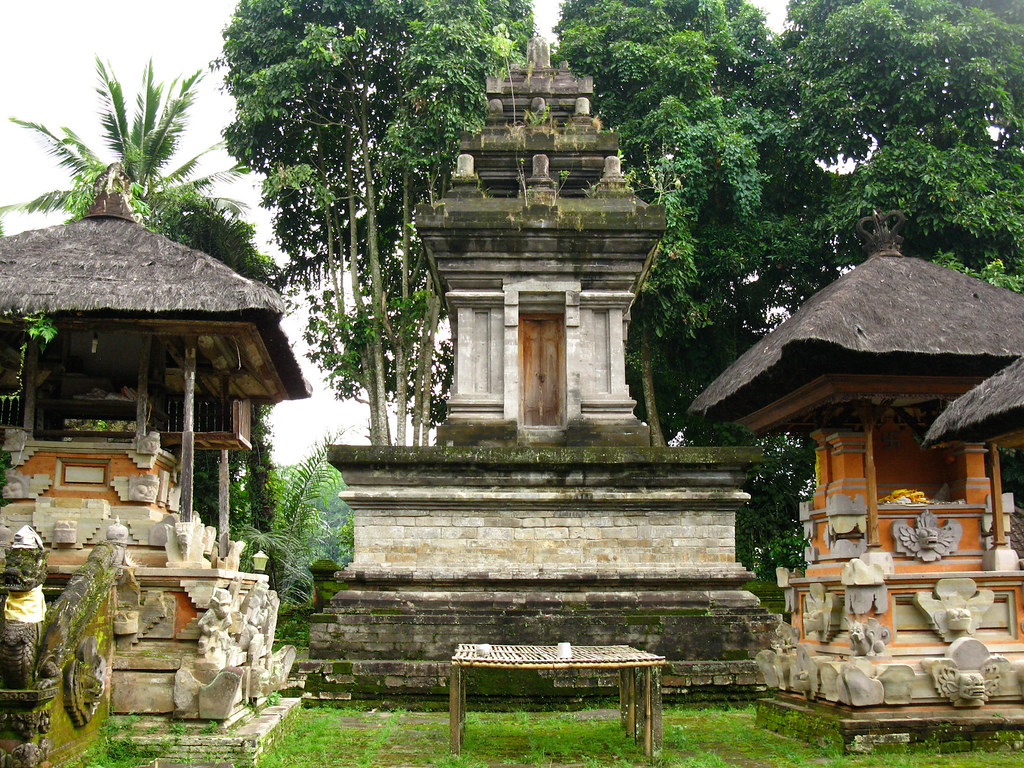
For those willing to venture off the beaten path, Goa Garba offers a rare opportunity to step into Bali’s ancient history and immerse themselves in the island’s unique blend of nature, culture, and spirituality. Whether driven by a fascination with history, a quest for spiritual insight, or a desire to experience a tranquil corner of Bali, Goa Garba provides a profound, enriching experience. This hidden gem, with its timeless beauty and deep spiritual significance, remains a testament to Bali’s enduring legacy as a place of both historical intrigue and spiritual enlightenment.



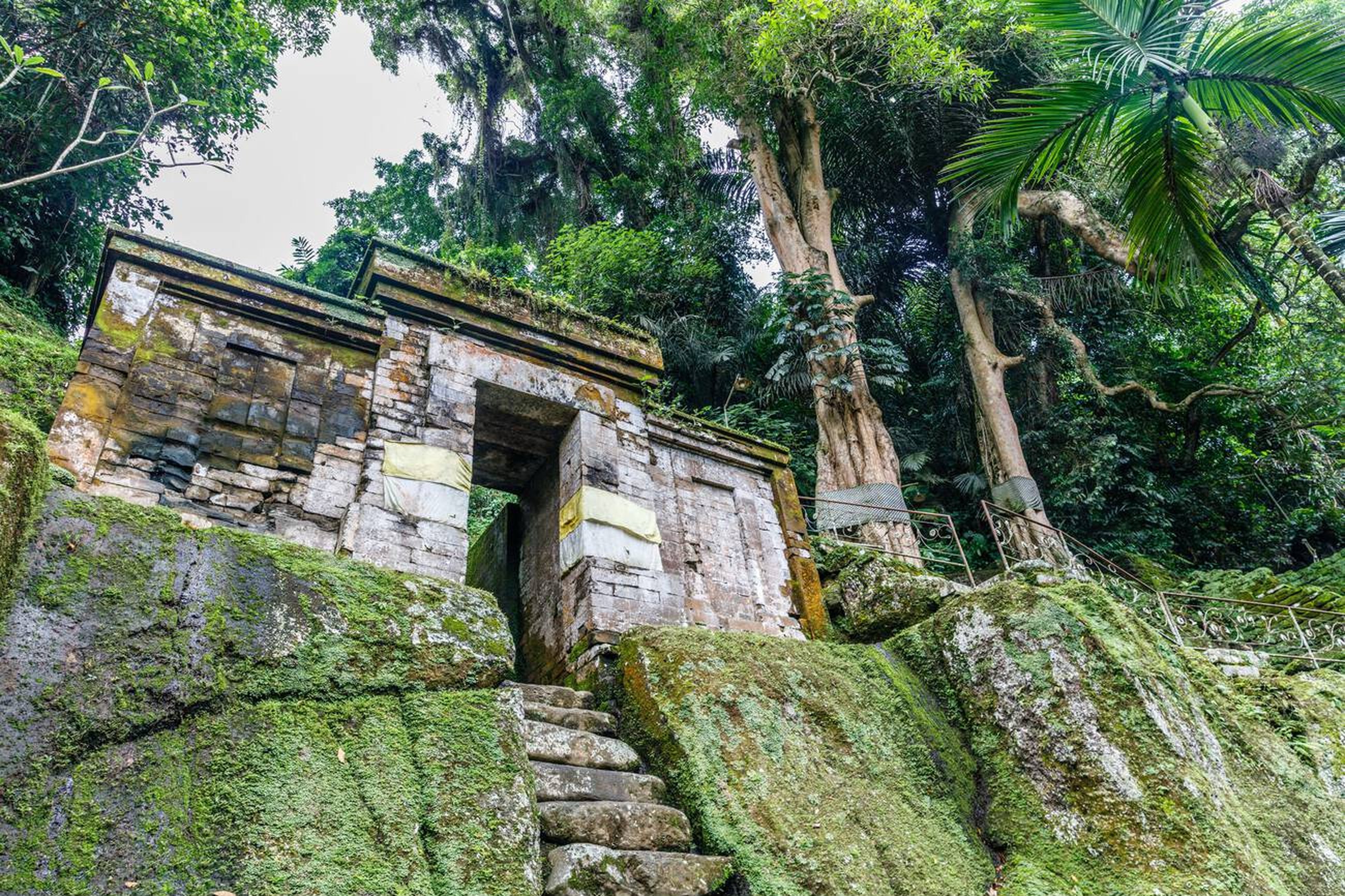
 Billy Bagus
Billy Bagus
 Feb 17, 2025
Feb 17, 2025
